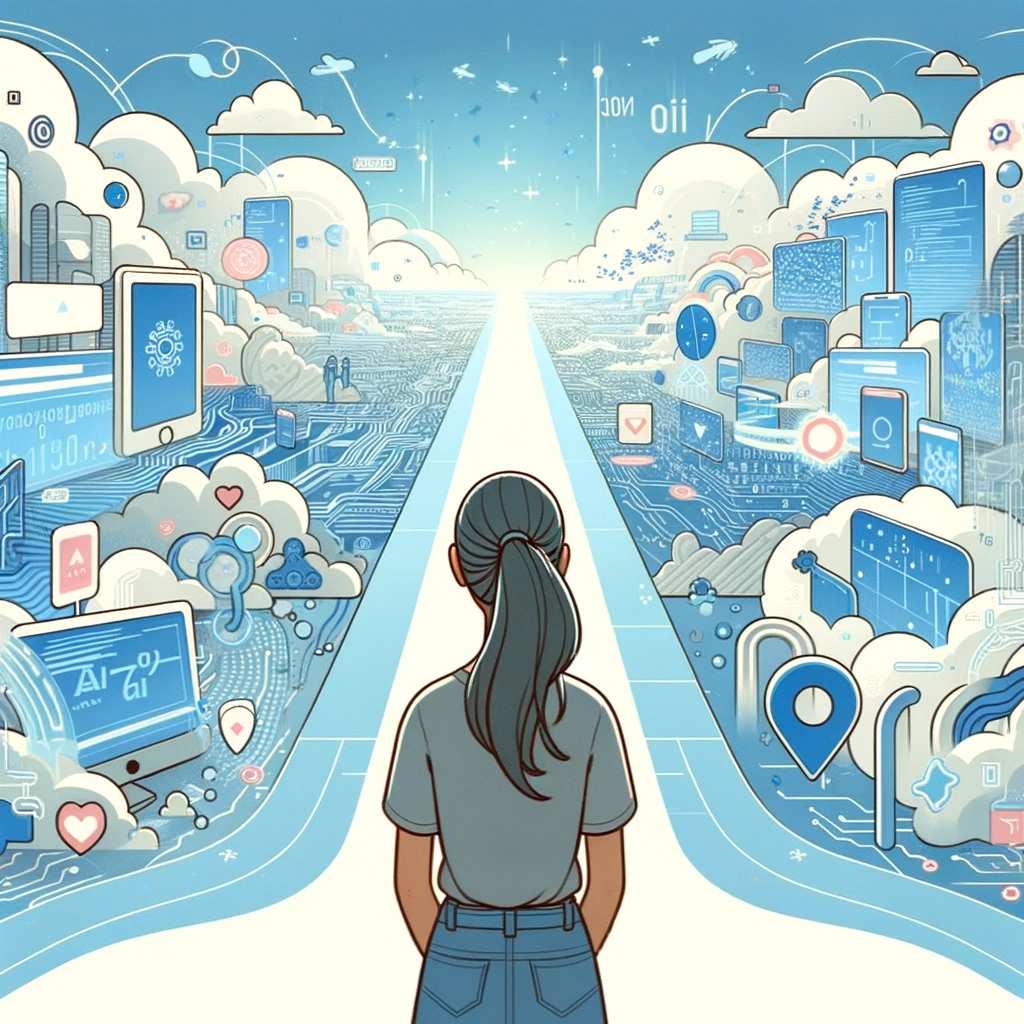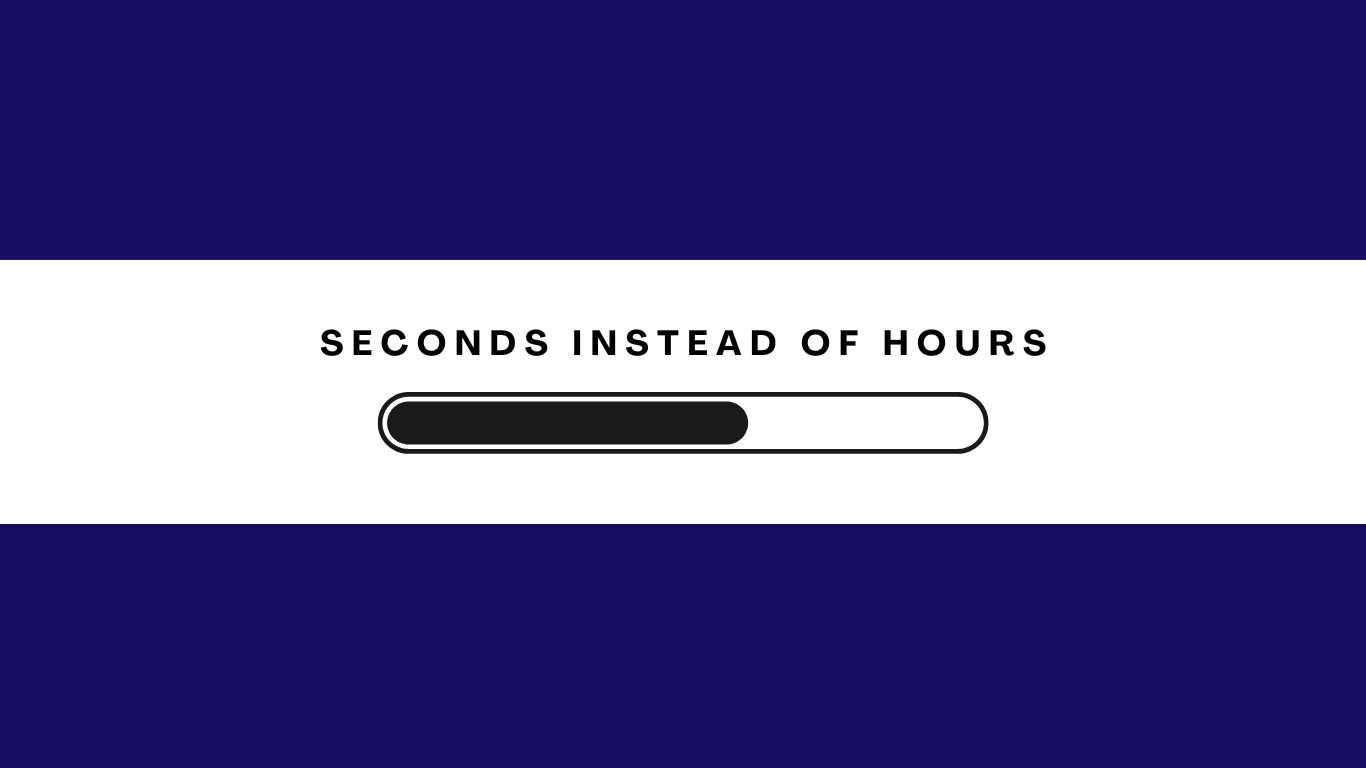PART 1
Quick update in the world of AI… The New York Times sued OpenAI and Microsoft on December 27, 2023, arguing that these companies utilized a vast number of articles from the newspaper, without authorization, to enhance the knowledge base of their chatbots, helping them respond more effectively to user queries. Microsoft and OpenAI claim that the way they trained their systems amounts to “fair use.”
What is fair use?
According to Cornell Law, fair use is an affirmative defense in copyright law. In an affirmative defense, the defendant shows evidence to argue they shouldn't be blamed, even if they did what they're accused of. They have to prove this defense works, and they can still use other defenses too. There are four factors to determine if the use of the original work qualifies as fair use, which are:
- The reason and way the work is used.
- Is it used for nonprofit or commercial use? When used for nonprofits, it is more likely to be considered fair use. OR is something new added to it, making it transformative, which goes into transformative fair use.
- The type of the original work.
- This looks at factual vs fictional and if it is indeed factual, it is more likely to align with fair use. Additionally, if it is unpublished, it is likely to be fair use.
- The portion of the original work used.
- For instance, even if a small portion of the work is copied, it is crucial to consider if this portion is the most essential part of the original work, as this may not qualify as fair use.
- The effect on the original work's value or market.
- The law considers whether the new use competes with or takes away potential sales or audience from the original work. If the new use negatively affects the market or potential market for the original, it's less likely to be considered fair use.
Stay tuned for Part Two, where I will go into opinions and personal thoughts on the matter!
Cornell. (n.d.). Fair use. Legal Information Institute. https://www.law.cornell.edu/wex/fair_use
University of Minnesota. (n.d.). Using existing works. Using existing works | University of Minnesota Libraries. https://www.lib.umn.edu/services/copyright/use#:~:text=Transformative%20use%20is%20a%20relatively,completely%20new%20or%20unexpected%20ways.
Stempel, J. (2023, December 7). NY Times sues openai, Microsoft for infringing copyrighted works. NY Times sues OpenAI, Microsoft for infringing copyrighted works. https://www.reuters.com/legal/transactional/ny-times-sues-openai-microsoft-infringing-copyrighted-work-2023-12-27/
PART 2
Some time has passed, and there have been few updates in the New York Times (NYT) versus OpenAI (OAI) court case. Cecilia Ziniti has reported a few interesting points.
After the NYT initiated contact with OAI, negotiations were held, but they led nowhere. It was later revealed that OAI had entered into agreements with other publishers like Politico. Cecilia believes that this was a significant error on OAI's part. As OAI continues to generate substantial revenue, there seems to be an increasing likelihood of violating the fourth factor of fair use, which concerns the impact on the original work's value on the market. Consequently, the NYT could potentially seek even greater damages.
She points out the big difference between OAI, a company making millions, and a journalism company that shares news all over the world. She thinks this difference might affect how the judge decides, especially when it comes to what she calls “The Public Good.” The NYT said in their complaint, “With less revenue, news organizations will have fewer journalists able to dedicate time and resources to important, in-depth stories, which creates a risk that those stories will go untold.” This view makes sense both logically and emotionally.
Conversely, considering the context of fair use, it's notable that neither entity is a nonprofit, which could be a significant factor in the judge's deliberation. Financially, the NYT reported a substantial increase in profits noting that the “operating profit of $89.8 million for the quarter, up 30.1 percent from a year earlier. Total revenue was $598.3 million, up 9.3 percent from a year earlier.” This certainly raises some questions.
However, it's crucial to consider ChatGPT's financial growth too. According to the complaint, as of August 2023, OpenAI was expected to bring in over $1 billion in revenue in the upcoming year, about $80 million monthly. This highlights a substantial financial disparity between the New York Times and OpenAI. This gap not only underscores the differing scales of their operations but also adds a layer to the debate, suggesting that the financial aspects might play a role in the legal and ethical considerations of the case, or because they both bring in a notable amount of money, could be ignored entirely.
Another interesting point Cecilia mentions is Bing's claim that it did not directly copy from the NYT; instead, its AI created entirely fictitious quotes, a phenomenon she refers to as ‘AI hallucinating’. The legal precedent in such a scenario is unclear, but it appears to be a weak defense on Bing's part considering the original reason they were brought to court in regards to copyright.
This lawsuit is likely to establish a crucial precedent for future AI companies. Even if the case isn't entirely argumentative, the judge recognizes the lasting impact of their decision. Given the current era, where AI technology is rapidly advancing and seems to have boundless potential as far as the public is aware, it may be vital to maintain close oversight and impose certain limitations on these companies. Silicon Valley's innovative spirit has always been a shock to our legal system and time will tell if Sam Altman and OAI will bulldoze the system like Travis Kalanick & Uber or harness the government like Musk with Tesla.
Stay tuned as we hear more insights into what will occur in this face and how the precedent will be set.
Sources
“Lawsuit Documents - Dec. 2023.” The New York Times Company, 27 Dec. 2023, www.nytco.com/press/lawsuit-documents-dec-2023/.
Robertson, Katie. “The New York Times Passes 10 Million Subscribers.” The New York Times, The New York Times, 8 Nov. 2023, www.nytimes.com/2023/11/08/business/media/new-york-times-q3-earnings.html#:~:text=The%20Times%20Company%20had%20an,percent%20from%20a%20year%20earlier.
Ziniti, Cecilia. “The New York Times vs. OpenAI: A Historic Copyright Battle Begins.” LinkedIn, 27 Dec. 2023, www.linkedin.com/pulse/new-york-times-vs-openai-historic-copyright-battle-begins-ziniti-12pwc.




